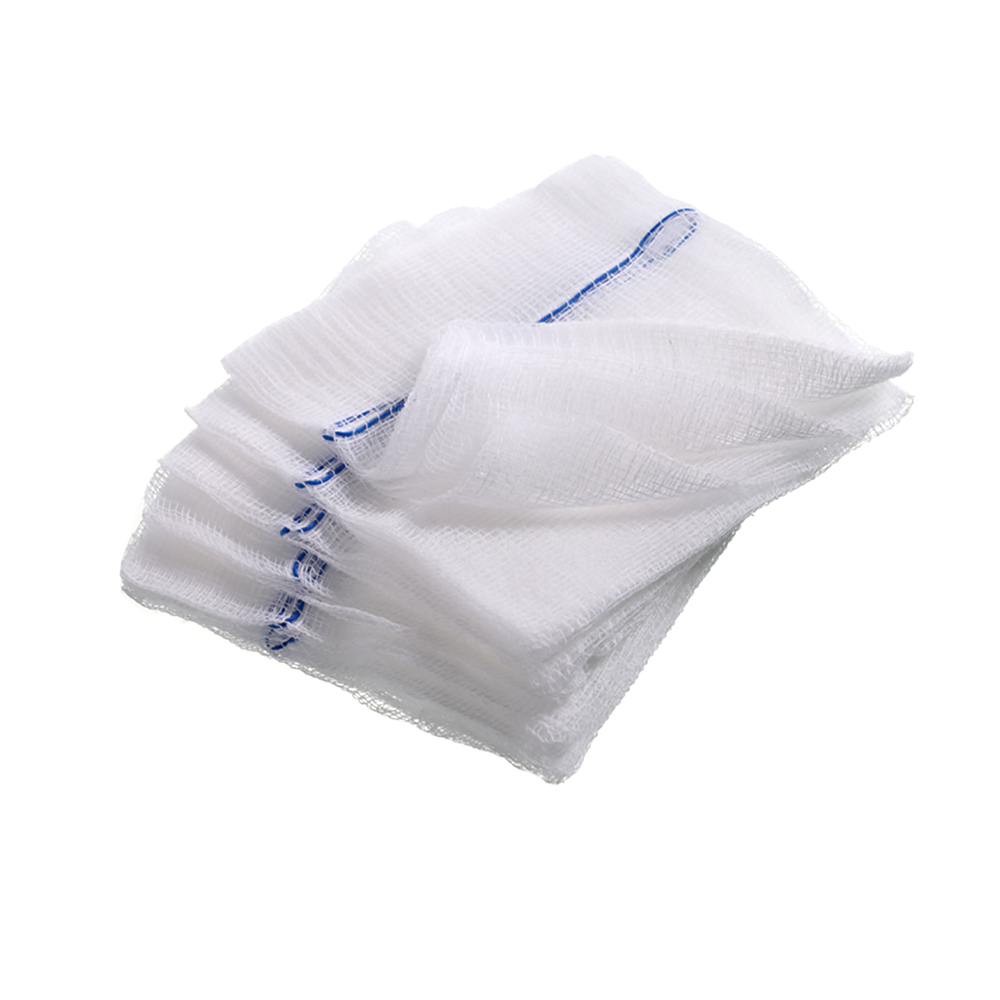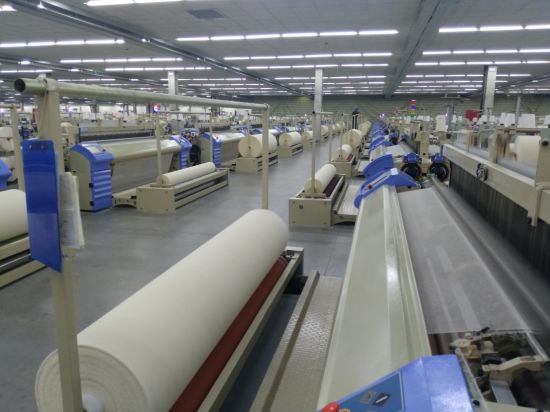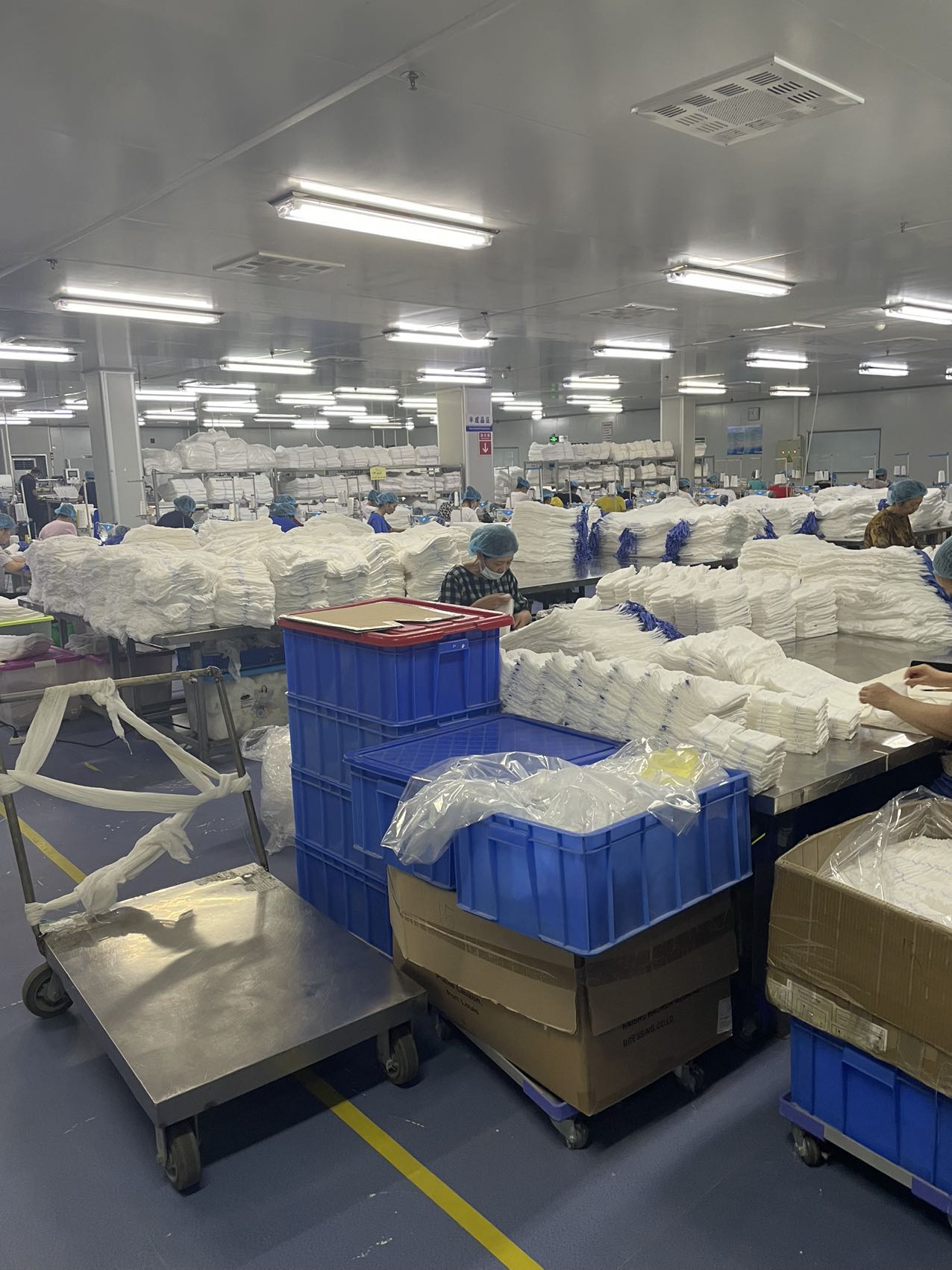Not only do bad wound care products waste money, but they can also slow healing, cause infections, and hurt a brand’s reputation. Sadly, hospitals still get low-quality medical gauze and bandages because they don’t screen their suppliers well enough. That’s why it’s important to know how to vet gauze and bandage suppliers before signing that bulk contract.
In this article, we’ll talk about the hidden dangers of low-quality medical gauze procurement, the warning signs to look out for when sourcing it, and the testing protocol for medical gauze quality every procurement team should follow.
Step 1: Know the Red Flags (Signs of Low-Quality Gauze and Bandages)
Finding signs of low-quality gauze and bandages early can help avoid big problems in the supply chain. See, bad materials make it hard for things to work right when they really need to. This step is all about quick checks to avoid low-quality medical gauze procurement.
Visual Inspection Basics
Start with a physical inspection through visual and touch.
Look For Changes In Color, Smell, Or Texture That Aren’t Even.
Start by examining the color. The ideal color is white. And that’s because yellowing usually means there are impurities or bad processing. A strange smell means contamination, which could be caused by bad storage or low-quality dyes. Rough patches and other uneven textures suggest that the weaving wasn’t done evenly, which makes it less sterile. Then, touch the surfaces. If it feels rough or uneven, that’s a sign that the product wasn’t made well. Fluorescent agents in stained gauze can irritate the skin
Discoloration isn’t just a matter of looks. It could mean that the product came into contact with chemicals or moisture during production. Always compare to samples that are known to be of high quality.
Spot Fiber Shedding or Loose Weaves
When handling the gauze, check for loose threads or too much lint. Fibers that come off of things can cause infections because lint can get into wounds and help bacteria grow. Studies published by the National Library of Medicine show that this can lead to problems like thrombogenesis at surgical sites.
Gently shake a sample over a dark surface. Visible fallout means that the building is weak, which is a problem for sterile environments. Loose weaves don’t hold their shape when they are under pressure. This problem has a direct effect on patient safety. Loose fibers usually move around when using them, which can slow down healing. To reduce these risks, choose options that are tightly woven.
Warning Signs of Poor Performance
Test how the gauze works in real-life situations, not just how it looks. Simple hands-on tests show problems that aren’t obvious.
Poor Absorbency Test
To see how fast it wicks, soak a small piece in water. Good gauze absorbs quickly, in a matter of seconds, without pooling. If it doesn’t stick or takes too long, it probably has unwanted coatings on it.
Now, it’s common knowledge that fluids escape when absorbency is low, which makes it harder to care for wounds. So, set a timer: it should take less than 10 seconds for reliable products. This testing protocol for medical gauze quality helps make sure it can be used before buying a lot of it. Do it again with more samples. Consistent slow uptake is a sign of material flaws. Write down the results of talks with suppliers.
Brittleness or Stickiness Over Time
Put a sample in normal conditions and check on it after a week. If something is brittle, it means it’s getting old. If it’s sticky, it means it can’t absorb moisture. These traits are linked to not handling expiration dates correctly.
If the gauze cracks or sticks together in a strange way, throw away the whole batch. This means that there is a risk of degradation in storage. Keep an eye out for changes in texture. If something is too brittle at first, it can break during use. Add this to visual checks to get the whole picture. When buying in bulk, these red flags help save money by spotting problems before they happen.

Step 2: Verify Material Integrity (The 100% Cotton & Chemical Fiber Rule)
By only using pure cotton, many problems that come with synthetics are avoided. This rule helps with reliable purchasing.
Understanding the 100% Cotton Medical Gauze Requirement
The 100% cotton medical gauze requirement ensures optimal performance in wound care. For high-stakes use, it’s not an option. Standards like USP Type VII require this for safety and absorbency.
Why Cotton Is Better Than Synthetic for Wound Care
Cotton is great at letting air flow through it, which helps healing. It doesn’t cause allergies, which makes it less irritating for sensitive users. Synthetic materials often hold onto moisture, which is good for bacteria to grow. Additionally, cotton wicks better than other materials. This keeps places dry without using harsh chemicals. Sterilization works better on pure cotton. It stays whole without falling apart.
Common Specifications to Ask For
For durability when used in layers, ask for at least 12-ply. USP Type VII sets the standard for thread count and quality. List traits that are not fluorescent and have no smell. This is in line with what doctors expect. Before placing an order, check the supplier’s documents. For traceability, make sure the cotton meets very high absorbency standards. These specs make sure that performance doesn’t change.
How to Verify 100% Cotton Medical Gauze Purity
Don’t rely on labels alone, test for authenticity. How to verify 100% cotton medical gauze purity involves practical methods.
Easy At-Home Tests
Try the burn test: light a small piece. When pure cotton is burnt, it turns to ash instead of melting. The smoke should smell like burning leaves, not plastic. This quick check shows blends. Test in a safe, well-ventilated place at all times. Next, wet a sample. Cotton takes longer to dry, but it soaks up all the water. Quick drying is a sign of synthetics. Put tests together to check for accuracy.
Lab-Based Verification Methods
Send samples for micronaire analysis, which measures how fine the fibers are. Chemical dissolution is also used in labs. Unlike polyester, cotton can dissolve in certain acids.
Risks of Chemical Fiber in Medical Gauze
Risks of chemical fiber in medical gauze extend beyond basics. They bring out hidden threats. Being aware here keeps the business safe.
Health Risks Like Allergies and Infections
Chemical fibers can leak toxins, which can cause allergies. Synthetic materials can cause contact dermatitis, according to WebMD. This may lead to breathing problems after a long time of being around it. Also, when materials don’t absorb, they increase the risk of infections. Some fibers are known to trap bacteria. Stay away from them. Chemicals that stay around for a long time can be harmful. PFOA-like chemicals get into things over time. Put cotton first to avoid these.
Long-Term Wound Complications
When fibers irritate tissues, healing takes longer. Long-lasting chemicals are linked to long-term problems. Scars from wounds may not be even. Maceration and other problems make skin weaker. Synthetic degradation lets irritants out. Keep an eye out for these in trials. Cotton lowers long-term risks. This choice helps care cycles run smoothly.

Step 3: Beyond Paperwork – Vetting Supplier Credibility (Testing and Factory Control)
How to vet gauze and bandage suppliers means looking at their operations hands-on.
Evaluating Supplier Track Records
Ask direct questions. Reliable suppliers don’t mind being looked at.
Ask for References and Past Batch Data
Ask other bulk buyers for client references. Talk to them about their delivery and quality experiences. Data from past batches shows that the yarn counts and weave quality are always the same. Delegate a quality management team that is in charge of checking processes. Use this to check that each batch is the same. Data that isn’t consistent could be a sign of problems. Compare data from different seasons. This helps avoid low-quality medical gauze procurement long-term.
Virtual or On-Site Factory Tours
Set up virtual tours by making video calls or visit the site. When visiting, check for dust-free areas and worker protocols. Watch how material is handled. Proper segregation prevents cross-contamination. Tours confirm claims about capacity and standards.
In-House Testing Protocols
Set up a testing protocol for medical gauze quality at the supplier level. Checks that are done by hand catch what doctors miss. Pay attention to the most important areas of performance.
Absorbency and Sterility Checks
To do dip tests, put samples in saline. See if it saturates evenly without leaving any residue to check how well the gauze absorbs. Slow or uneven uptake shows problems. Ask for bacterial culture reports from recent batches to make sure they are sterile. Combine with visual exams after the dip. Durable material means no disintegration. This is like inspections of processes in the industry.
Thread Count and Density Audits
Use a magnifying glass to count the threads per inch. To avoid weak spots, try to make the density even. Low counts cause things to tear when they are under stress. Check several samples from a batch. Changes suggest a lack of control. Document everything for a detailed report. Consistent high density makes it possible to place large orders. Link this back to how factories weave. This kind of vetting changes the focus from promises to proof.
Step 4: Certificates vs Actual Gauze Quality
Certificates vs actual gauze quality often don’t align perfectly. Papers make big promises, but make sure to check them out in real life. Use warnings from the real world to fill in the gap.
Understanding the Common Certifications
Know what certs cover and what they don’t. Not all stamps are sure to work well. Look at them very closely.
What CE, ISO, and FDA Really Mean
CE marks indicate EU safety compliance for basics like non-toxicity. ISO covers management systems, which make sure that processes are always the same. FDA clears for use in the U.S., focusing on effectiveness.
Spotting Red Flags in Cert Paperwork
Check the expiration dates; claims are not valid if the certs are out of date. Fake products often have wrong information, like wrong product codes. Imports may have fake CE marks too. Check for holograms or codes that prove something. Fake documents don’t always have them. Reviews on platforms point to blurry prints as the culprits.
Bridging the Gap with Independent Verification
Don’t just use the papers that the supplier provides. Independent steps prove the quality is real. This makes things fairer.
Third-Party Lab Testing
Send samples to labs to check their strength and purity. Pull until it breaks to test tensile strength. High scores mean the material is strong. Set aside money for regular tests. It picks up on changes in cert standards. Use facilities that are accredited to be credible.
Batch Sampling Strategies
Pick 10 to 20 percent of each shipment at random. Check subsets for important traits like how well they absorb. Scale according to the size of the order. More samples are needed for larger lots. This makes sure that the certificates match the goods that were delivered.

Step 5: Advanced Quality Checks for Bulk Orders
For bulk, go deeper into types and practices. This adds layers without overlap. Tailor to high-volume needs.
Comparing Gauze Types
Different types work better in different situations. Make smart choices by weighing the pros and cons.
Woven vs Non-Woven
Interlaced fibers give woven gauze its strength. It’s strong enough to pack, but it can get linty and tear. Non-woven bonds fibers that aren’t woven are more absorbent and less sticky. Great for exuding sites, which means fewer dressing changes.
Impregnated Options
Antimicrobial-impregnated options add silver or iodine to help fight infections. One good thing is that it lowers the number of bacteria. However, some patients may be sensitive.
Dos and Don’ts for Storage and Use
Taking care of things properly makes them last longer. Simple rules can help avoid problems.
Avoiding Common Pitfalls
- Don’t use non-sterile gauze because it could spread germs.
- Before using, always check the expiration date.
- Keep it in a cool, dry place away from light. Clumping happens when the air is humid. Use the oldest stock first by rotating it.
- Do seal packs that are already open tightly. Put open dates on the label. This keeps things sterile.
- Keep an eye out for pests or damage. Get rid of damaged items right away. Train staff on these for consistency.

Procurement with Purpose: Quality that Protects
Here’s the thing, great healthcare outcomes depend on consistent supply-chain quality. Every decision made in procurement echoes through patient safety. That’s why a strong testing protocol for medical gauze quality and practical know-how on how to vet gauze and bandage suppliers make such a difference.
They ensure materials meet the standards of safety, absorbency, and sterility expected in critical environments. When buyers take time to verify rather than assume, they naturally avoid low-quality medical gauze procurement. Quality control isn’t just a compliance box; it’s a commitment to safer, more reliable care delivery at every level.
BKA MED: Your Partner for Verified, Source-Controlled Quality
When it comes to dependable wound-care supplies, BKA MED delivers more than just products. Our medical gauze products are produced under strict quality control, ensuring purity, consistency, and compliance with international standards.
With a proven testing protocol for medical gauze quality, we help procurement teams avoid low-quality medical gauze procurement. Our transparent sourcing and in-house testing make us a trusted partner for those who understand that every bandage counts.
Get in touch with us today to request a quote, book a virtual factory tour, or talk about a customized sourcing plan. When quality matters, trust the name that prioritizes it from fiber to finish.

